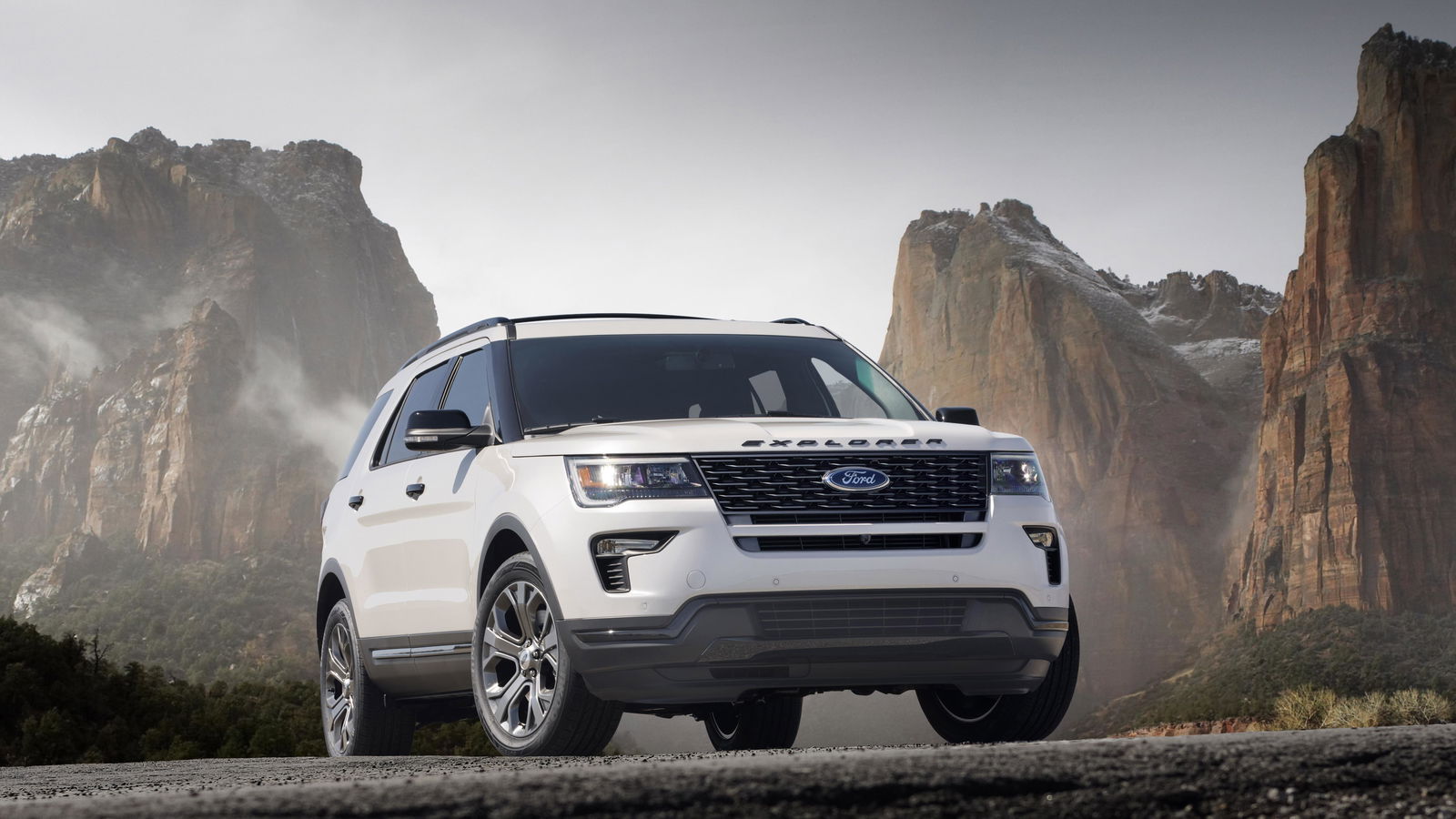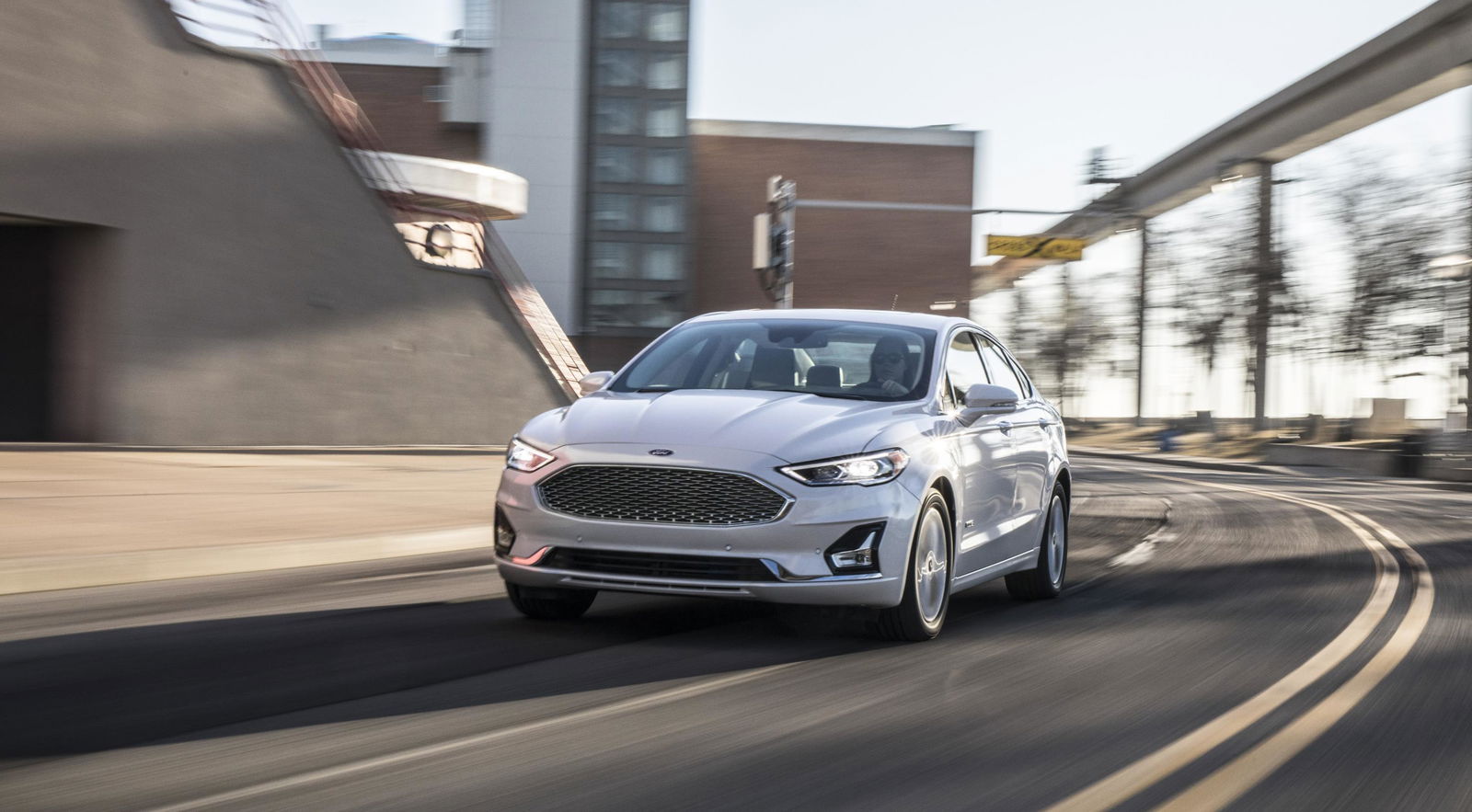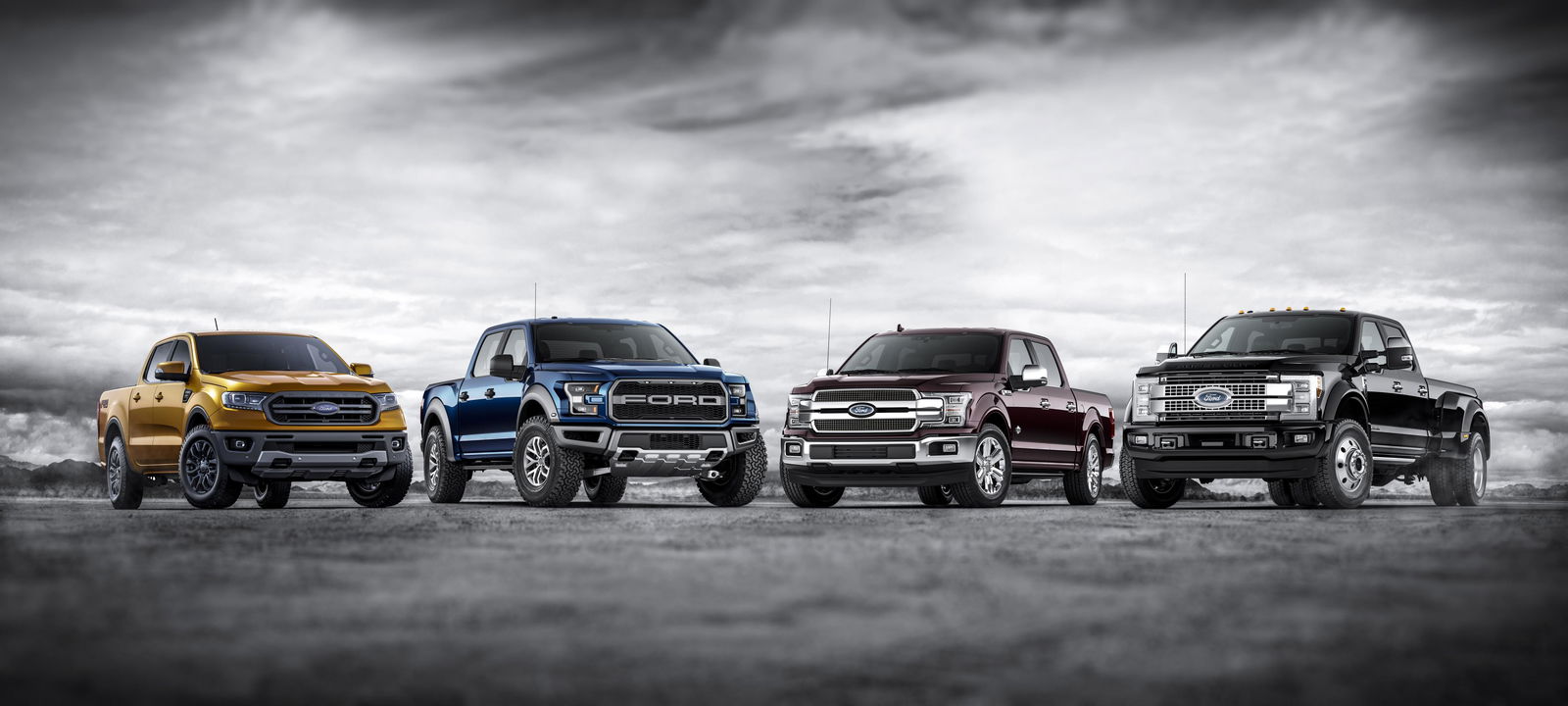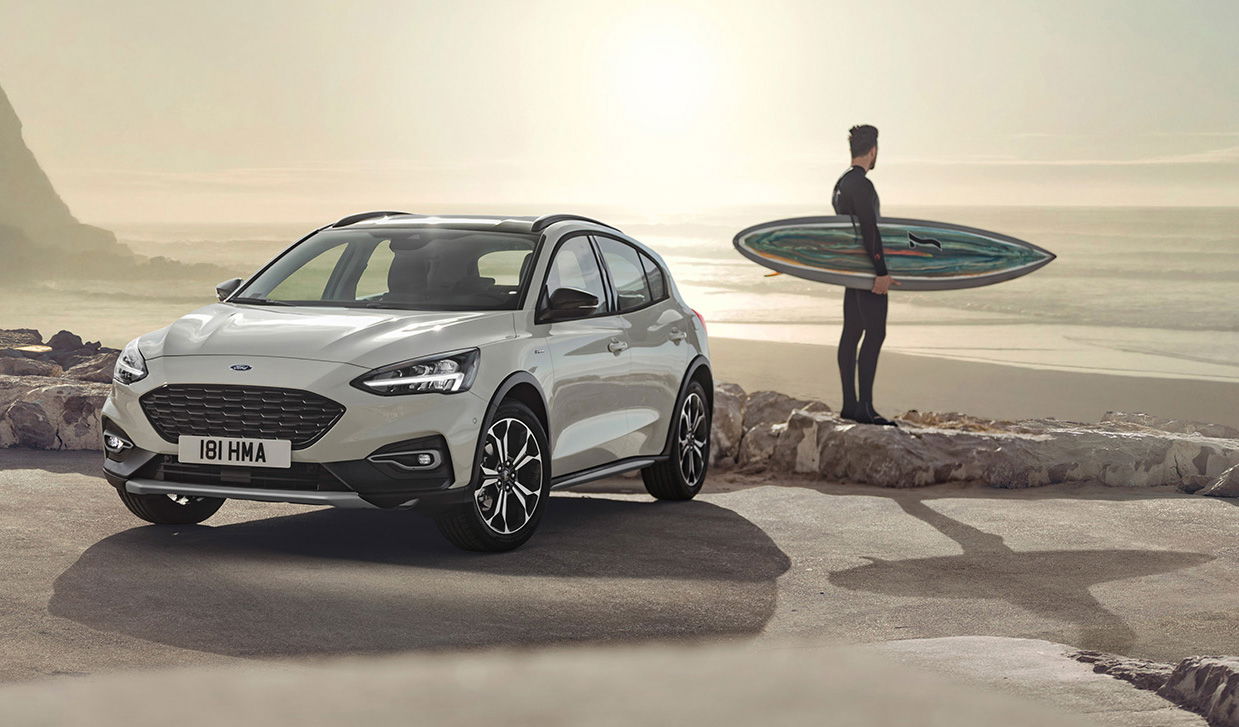As Ford Axes Most Of Its Traditional US Cars, SUVs Have Won The War

Ford’s decision to axe all but two of its conventional cars from its North American lineup is a huge deal. If the Fiesta, Fusion, C-Max, Taurus and most versions of the Focus truly have become unprofitable on a continent of 363 million people, market forces haven’t just spoken: they’ve shouted through a megaphone.
The wholesale shift towards SUV body styles and, in the US, to pick-up tucks, is a crystal clear indicator of one thing. If today’s American customers can afford something bigger and/or taller than what they’re stepping out of, they’ll buy it. Even SUVs that share the same platform as a hatchback or saloon are now fundamentally more desirable, despite the sometimes significant extra cost. That goes for the young, the old, the rich, the poor and everyone else besides, and it’s concrete fact. Otherwise Ford’s conventional cars would be selling better.

People would rather pay more money for SUVs and pick-ups, then. Perhaps buyers can thank Trump’s tax cuts for making them feel wealthier. Ford’s Escape and Explorer are all making tonnes of cash for the company right now.
This increase in desirability is down to two things. Firstly there are practical advantages, like sitting higher for a better view and a greater feeling of safety and/or confidence. SUVs often have loads of passenger room, too, and some are being built with massive boot space (although others don’t have as much as you’d think).

Secondly, SUVs are being presented, right across the industry and the world, as the fashionable things. You’ve only got to spend about 0.05 seconds watching the latest Seat Arona or Peugeot SUV adverts in the UK to know that these high-riding usurpers are the industry’s hottest properties. Volvo is another brand to focus on the style and ‘freedom’ of its newest SUV.
These golden geese are printing money for their makers so it’s no surprise to see multiple marketing campaigns unfold the way they have. But where did it start? If I had to guess, the shock overnight success of the Nissan Qashqai in the late 2000s caught car makers by surprise; even Nissan. The perceived prestige and practicality bonuses the oddly-named ‘crossover’ offered over the utterly rubbish Almera hatchback was, to the average Joe (and Jo), like comparing beige slacks to Batman’s utility belt.

Eventually, car makers turned this surprise success into a trend. Fashion aligned with function. As we sit here in 2018 customers are sitting in a perfect storm of deciding factors all tumbling in the direction of SUVs and trucks. They’re big, spacious and practical, plus they make the statement you think you want to make, right? After all, a cheaper estate car simply can’t do what a more expensive SUV can, right? Well, wrong, but that’s the great fallacy that the global public has willingly bought into.
Ford isn’t alone in its SUVisation of its line-up. Mitsubishi has, as we know, brought the Eclipse back as an SUV. It’s now bringing the Lancer back… as an SUV. Two of the most exciting saloon and coupe names of the 1990s and 2000s have been recycled into very different animals, to suit those market forces we’ve mentioned.

For now, a move as drastic as Ford’s US decision is still a long way off in Europe, but China’s still-young car market is already all about the SUV. BMW is building its new electric iX3 there, partly because it expects to sell ship-loads of them in that country alone.
The automotive landscape isn’t just changing. We can definitively say that it has changed, big time. Ask the children born today to draw ‘a car’ once they’re old enough to hold a crayon, and it’ll probably look like an SUV.


Comments
325 million people in North America? I think you meant 489 million people in North America, or 325 million in the States MattKimberley
Welp,time to go back in time
Oh Hell No!
Soccar moms have taken over the car industry!
What if we are in an SUV-Car cycle, and the SUV demand is peaking. Then car demand will re-exceed SUV demand when there are too many SUVs, and the SUVs die out.
I’ll just stick to my Acura TSX thank you
Pagination